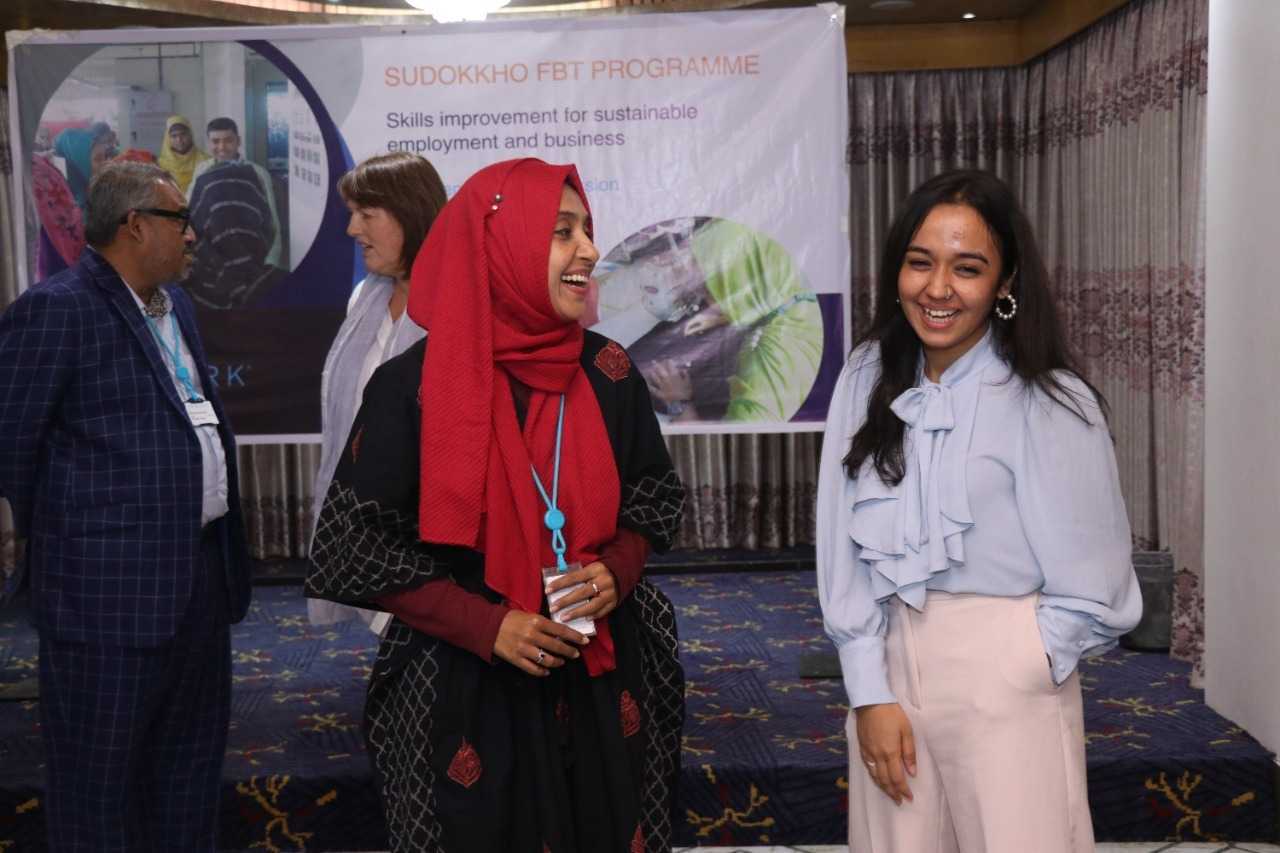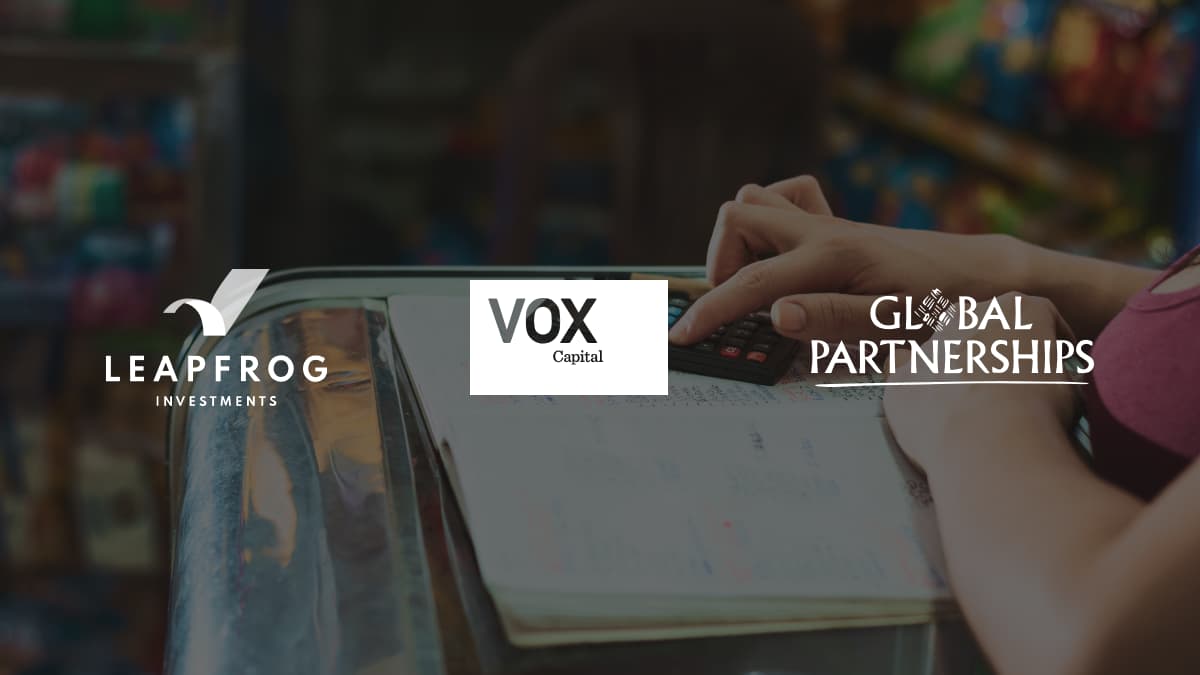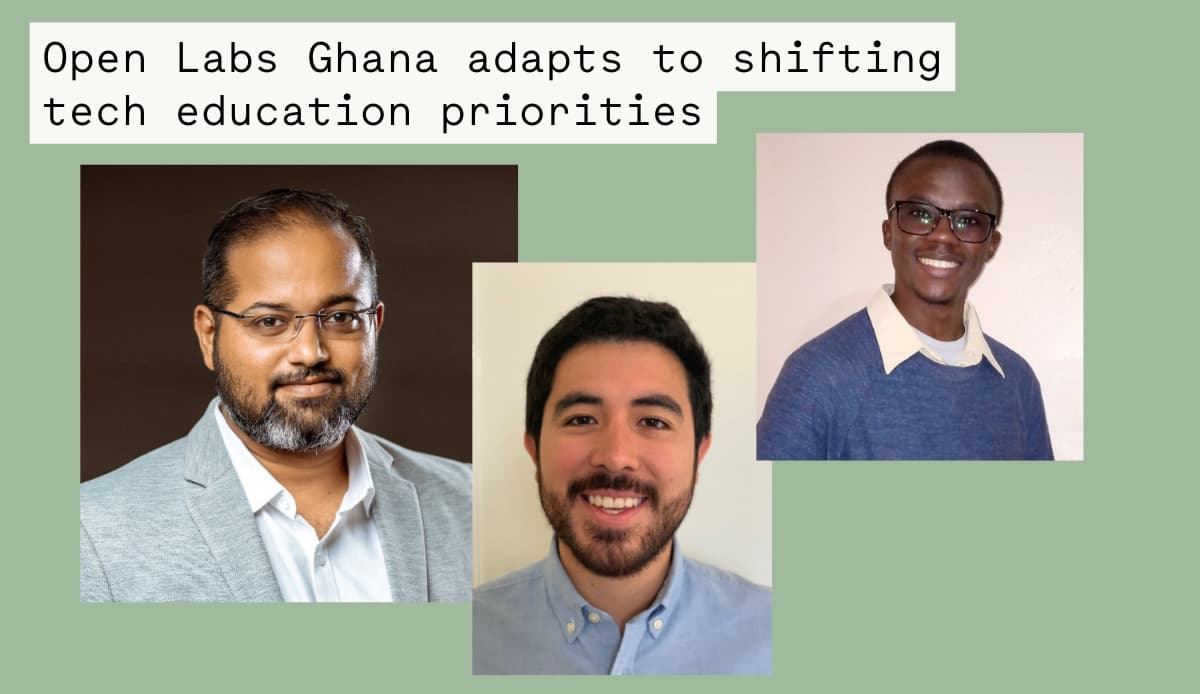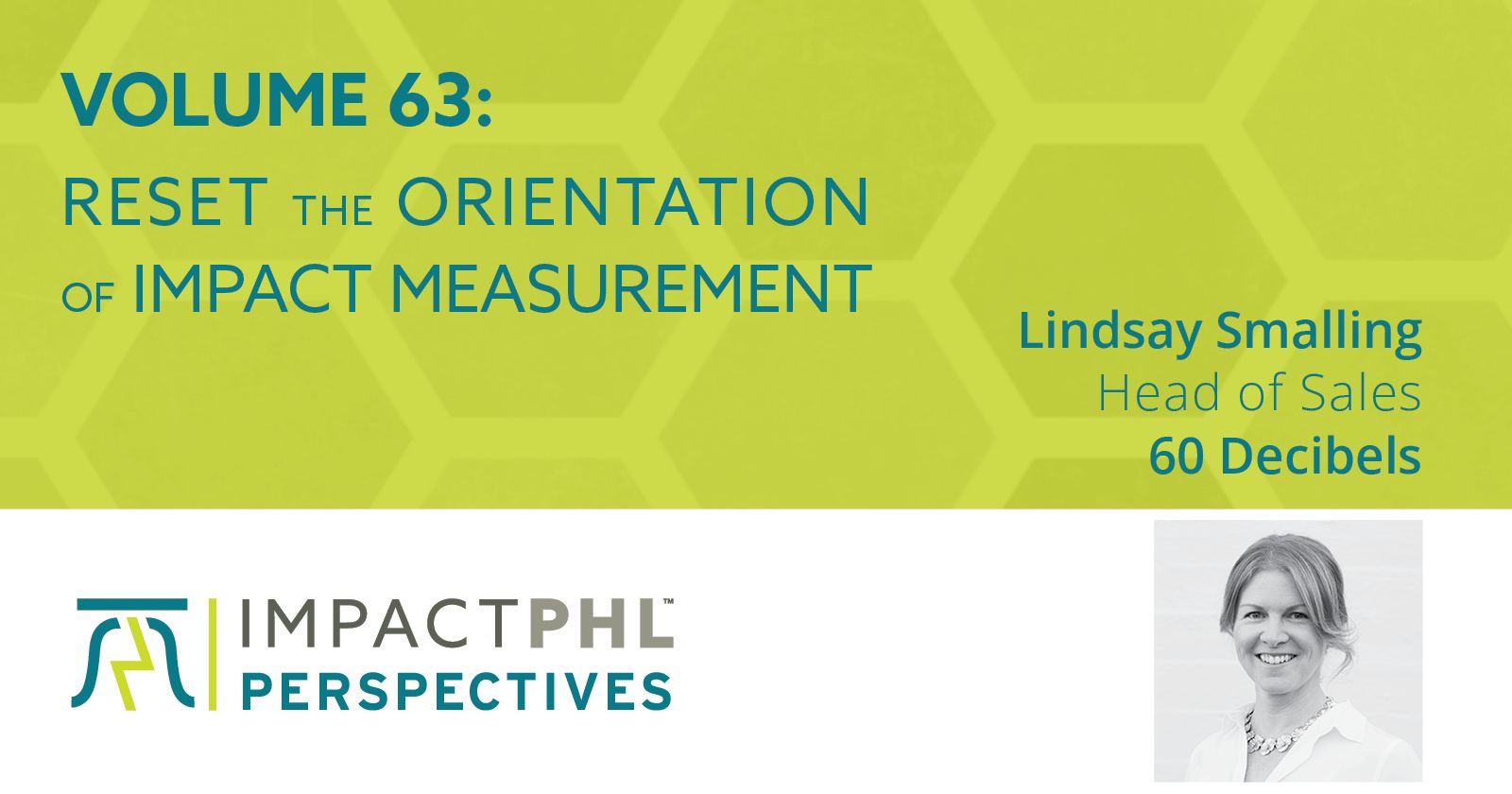

How three impact investors engage their most important stakeholders to validate impact
Sarah Gelfand (Managing Director at BlueMark), Layla Varkey (Analyst at BlueMark), and Tom Adams (Chief Strategy Officer at 60 Decibels) on the importance of stakeholder engagement in impact investing. This article was originally published by ImpactAlpha here.
An increasingly important question for impact investors is how to validate that their investments are having the intended impact on people or the planet.
The majority of impact investors are increasingly clear about the groups or populations they seek to benefit through their investment activities (often referred to as target stakeholders or beneficiaries) and how their investments will, in theory, bring value to those stakeholders. However, the practice of validating that the anticipated impact has actually occurred remains a work-in-progress sector wide.
Part of the challenge is determining who is best placed to judge the impact that has taken place. Is it the investor? The entrepreneur? An independent third party? Or the stakeholder who does (or does not) experience that impact themselves?
While each party has a view and role to play in assessing the nature of the resulting impact, it’s become clear that the most important voices – and currently the voice most often missing from impact analyses – are those of the beneficiaries. Absent their perspectives, it is much more difficult to assess the ultimate impact of an investor’s activities. Consequently, for investors seeking to validate their impact, strong stakeholder engagement practices are a critical part of impact management and measurement.
Another part of the challenge today is that engagement with end-stakeholders currently tends to be perceived as an aspirational “best practice” rather than an essential and core practice. According to BlueMark’s “Making the Mark” research on impact management practices, just 32% of verified impact investors directly engage with stakeholders and actively solicit their input to validate outcomes alongside investee data. Even within the three in 10 that do, the quality and comprehensiveness of that engagement can be markedly different.

Stakeholder engagement can sound hard, but in reality it really needn’t be. It takes a little time and budgeting for, but the essence of robust stakeholder engagement requires listening to a representative and statistically significant group while applying a high standard of data quality controls. Ideally, this stakeholder data should be collected on a regular basis (e.g., annually) to allow for continued validation. This is essentially the same standard applied to quality social research, making it a well-accepted practice among academics, NGOs, philanthropies, and many others.
As the impact investing industry continues to mature, this more rigorous approach to validating impact should also become a widely accepted best practice. In the meantime, impact investors should be transparent in their reporting about how they engage with stakeholders and what data they are able to collect, including details on how they plan to improve data availability and data quality in the future.
For investors ready to make a commitment to listening to their stakeholders, we hope this piece – which describes how three different investors engage with their target beneficiaries – can provide some practical guidance to inform their integration of deeper listening into their impact management activities.
Case 1: Leapfrog Investments
LeapFrog invests in healthcare, financial services and climate solutions businesses in high-growth global markets. Its companies deliver distinctive impact and robust returns, growing on average 27% per year. LeapFrog’s companies now reach 422 million people in 30 countries, providing essential products and services.
Talking to beneficiaries during due diligence to inform impact plans
As part of its process for evaluating prospective investments, LeapFrog conducts interviews with potential and existing customers to both strengthen and validate its understanding of a company’s potential impact (the outputs of which are a refined theory of change, including updated outputs and outcomes). As an example, before making an investment in an India-based company that finances affordable housing, LeapFrog interviewed existing customers to better understand how to refine the exact outputs and outcomes the firm could expect to see from the investment.
These interviews provided insights into positive outputs that may not have been otherwise captured in the due diligence process: for example, the ability to construct pillars and divisions to create separate rooms in an existing house led to increased capacity per home, and in some cases actually allowed formerly separated families to be reunited within the same home. For other families, these room separations allowed households to rent out extra rooms, leading to improved ability to manage financial shortfalls and pay for unexpected repairs, hospitalisations or medical treatments.
Using customer insights to expand an existing impact strategy
After making an investment, LeapFrog continues to harness customer insights as part of its ongoing monitoring activities. One of the ways it captures insights into customer experiences is through its partnership with 60 Decibels, a measurement company that specializes in collecting data from beneficiaries. LeapFrog’s portfolio company, Jumo, has a customer base that is strongly aligned with LeapFrog’s impact strategy but works across multiple different geographies. Insights obtained from listening to customers informed how Jumo tailored its product strategy between geographies and its approach to expansion.
For example, one insight 60 Decibels was able to draw out was that 41% of Ghanaian customers and 60% of Zambian customers live on less than $6 per day. When compared to national poverty levels, Jumo appeared to be serving a lower income customer population in Ghana than in Zambia. This suggested that the impact of Jumo’s financial services may be experienced more strongly in Ghana than in Zambia. Based on this insight, LeapFrog has been exploring whether customer acquisition strategies being executed in Ghana could be replicated in Zambia to improve Jumo’s poverty inclusivity in Zambia.
Case 2: Vox Capital
Vox Capital is an impact investing venture capital firm based in São Paulo, investing in businesses that deliver positive social impact in Brazil. Vox has recently begun working with its portfolio companies to undertake stakeholder-focused impact assessments.
Listening to customers to test impact hypotheses and derive new insights
One of Vox’s portfolio companies, Sanar, delivers online medical study resources to students in Brazil. Together, Vox and Sanar facilitated 5 focus groups of Sanar’s customers, followed by an online survey, to better understand how the students interacted with the technology – confirming that the intended impact was being delivered, but also highlighting exactly how the impact was being delivered. Learnings from these findings provided both Sanar and Vox with new and surprising insights about how people experience the impact of the service, far beyond what could be captured in quantitative impact monitoring data.
In part due to the learnings that emerged through the work with Sanar, Vox has decided to launch an internal evaluation unit that will be responsible for conducting one “impact study” each year with a portfolio company that will include listening to the company’s beneficiaries. For the Vox team, these studies are needed to confirm their hypotheses (given they don’t take for granted that any product or technology will deliver the intended impact in the exact ways and forms planned) as well as to help their portfolio companies refine their product offerings and adapt internal management strategies.
Case Study 3: Global Partnerships
Global Partnerships (GP) – a US-based investment fund manager dedicated to expanding opportunity for people living in poverty – has that name for a reason. An avowed ‘impact-first’ impact investor, they see their work as forming partnerships with stakeholders up and down the investing chain to enable investments that seek high levels of impact while preserving capital. The direct partners of GP-affiliated funds (GP Funds) may be social enterprises and investors, but the key constituent is always the end-stakeholder, the person who does, or potentially does not, experience the impact they aim to generate.
Before GP Funds invest a dollar, GP seeks to answer the question: what is the expected impact of the product or service delivered, and for whom? In practice, this means an approach that starts with research into each target investment area to establish a sector-specific, impact-first investment thesis. A dedicated impact team then conducts in-depth underwriting on each potential investment to evaluate the impact case, analyzing available data at the household, enterprise, country, and sector levels. Ultimately, the capital and investment terms offered to each investee take the results of this impact underwriting into account, and GP Funds do not pursue investments that do not meet impact requirements.
Stakeholder engagement to drive greater accountability and value creation
When it comes to measuring performance against expected impact, GP once again places the end-stakeholder at the center. In addition to using any stakeholder-level evidence of impact that social enterprise investees already collect, each year GP supports a subset of investees with an impact performance assessment by 60 Decibels to enhance the investee’s impact measurement data and capacity. In each instance, GP uses that data to better understand the social enterprise’s impact performance – including how they compare to 60dB’s global benchmarks – and engages the enterprise’s senior leadership team in strategic discussion of how the company can increase the value it creates for end-stakeholders.
For example, Grooming Centre, a Nigerian MFI serving primarily low-income women, learned from 60dB’s survey that some clients were experiencing challenges making consistent loan repayments at a fixed group loan amount, meeting time, or location, and used the data to develop more flexible repayment policies so clients could better adjust repayments to their individual needs.
More transparency on impact creates systemic change
GP also believes that as stakeholder-based evidence becomes the norm for impact investing, it will generate its own flywheel of value creation. Investors will begin to expect data from stakeholders as a high-water mark for social impact performance. In turn this will inspire more such data to be captured and used by social enterprises (and their investors) to improve impact performance over time, thus creating more value from the data and greater incentives to optimise impact based on the direct lived experience of end-stakeholders.
The power of stakeholder engagement
The investors we’ve highlighted in these cases have all derived real benefits from hearing directly from those they seek to benefit – and have done so to varying degrees of scale and intensity.
All of these investors now view stakeholder engagement as core to their impact management and think the practice should be adopted by more asset managers and investors working to deliver impact.
Some even take the view that it’s their duty to the populations and communities they work with. But, moral obligation aside, having a greater understanding of the experiences and preferences of a company’s beneficiaries helps unearth ways to strengthen the company’s services and also uncovers potential risks, providing a strong commercial argument for doing this work alongside the impact imperative.






